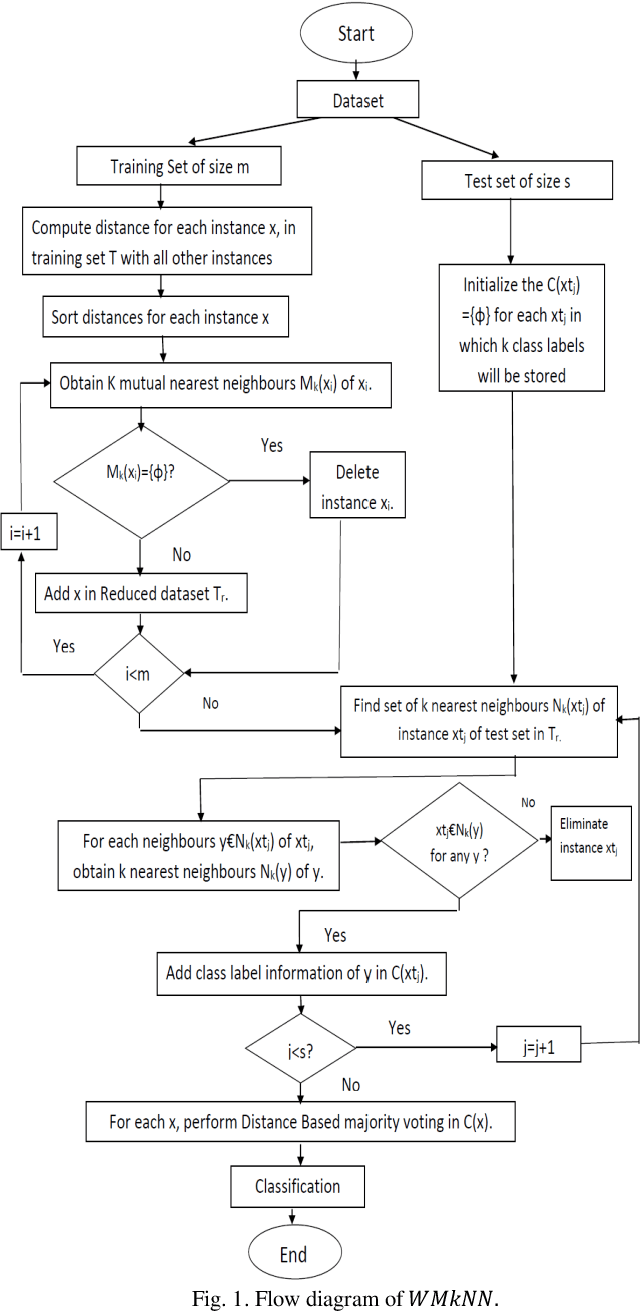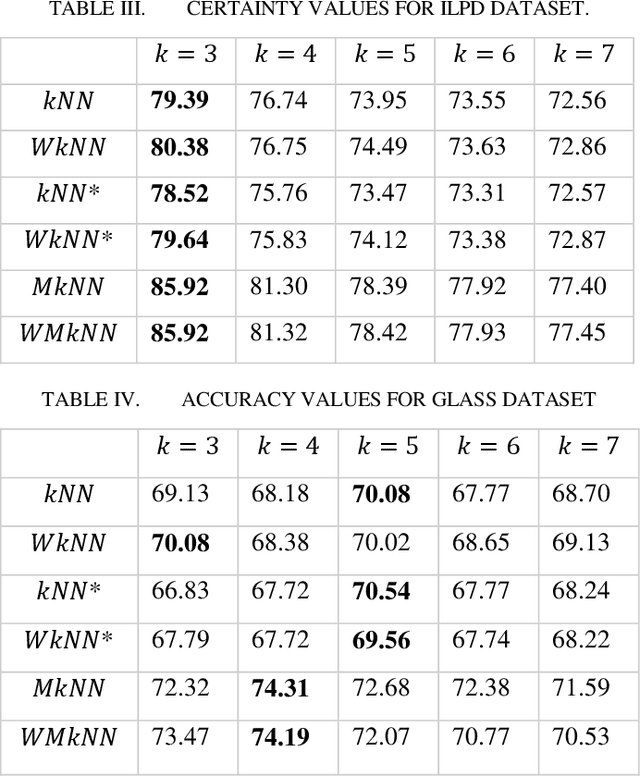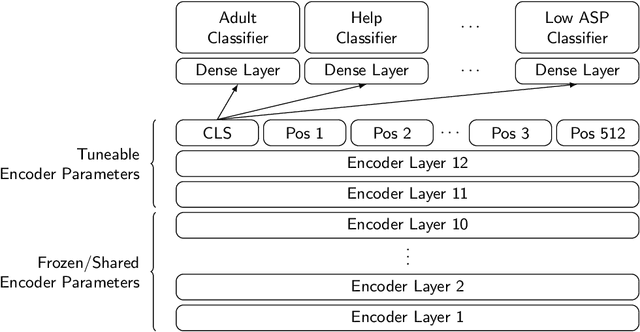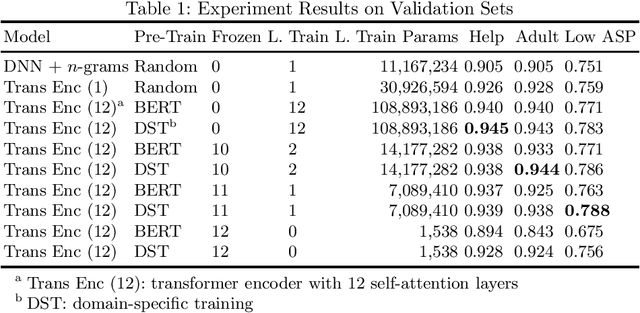Mukul Kumar
Spatio-temporal, multi-field deep learning of shock propagation in meso-structured media
Sep 19, 2025Abstract:The ability to predict how shock waves traverse porous and architected materials is a decisive factor in planetary defense, national security, and the race to achieve inertial fusion energy. Yet capturing pore collapse, anomalous Hugoniot responses, and localized heating -- phenomena that can determine the success of asteroid deflection or fusion ignition -- has remained a major challenge despite recent advances in single-field and reduced representations. We introduce a multi-field spatio-temporal deep learning model (MSTM) that unifies seven coupled fields -- pressure, density, temperature, energy, material distribution, and two velocity components -- into a single autoregressive surrogate. Trained on high-fidelity hydrocode data, MSTM runs about a thousand times faster than direct simulation, achieving errors below 4\% in porous materials and below 10\% in lattice structures. Unlike prior single-field or operator-based surrogates, MSTM resolves sharp shock fronts while preserving integrated quantities such as mass-averaged pressure and temperature to within 5\%. This advance transforms problems once considered intractable into tractable design studies, establishing a practical framework for optimizing meso-structured materials in planetary impact mitigation, inertial fusion energy, and national security.
A Weighted Mutual k-Nearest Neighbour for Classification Mining
May 14, 2020

Abstract:kNN is a very effective Instance based learning method, and it is easy to implement. Due to heterogeneous nature of data, noises from different possible sources are also widespread in nature especially in case of large-scale databases. For noise elimination and effect of pseudo neighbours, in this paper, we propose a new learning algorithm which performs the task of anomaly detection and removal of pseudo neighbours from the dataset so as to provide comparative better results. This algorithm also tries to minimize effect of those neighbours which are distant. A concept of certainty measure is also introduced for experimental results. The advantage of using concept of mutual neighbours and distance-weighted voting is that, dataset will be refined after removal of anomaly and weightage concept compels to take into account more consideration of those neighbours, which are closer. Consequently, finally the performance of proposed algorithm is calculated.
Shareable Representations for Search Query Understanding
Dec 20, 2019



Abstract:Understanding search queries is critical for shopping search engines to deliver a satisfying customer experience. Popular shopping search engines receive billions of unique queries yearly, each of which can depict any of hundreds of user preferences or intents. In order to get the right results to customers it must be known queries like "inexpensive prom dresses" are intended to not only surface results of a certain product type but also products with a low price. Referred to as query intents, examples also include preferences for author, brand, age group, or simply a need for customer service. Recent works such as BERT have demonstrated the success of a large transformer encoder architecture with language model pre-training on a variety of NLP tasks. We adapt such an architecture to learn intents for search queries and describe methods to account for the noisiness and sparseness of search query data. We also describe cost effective ways of hosting transformer encoder models in context with low latency requirements. With the right domain-specific training we can build a shareable deep learning model whose internal representation can be reused for a variety of query understanding tasks including query intent identification. Model sharing allows for fewer large models needed to be served at inference time and provides a platform to quickly build and roll out new search query classifiers.
 Add to Chrome
Add to Chrome Add to Firefox
Add to Firefox Add to Edge
Add to Edge